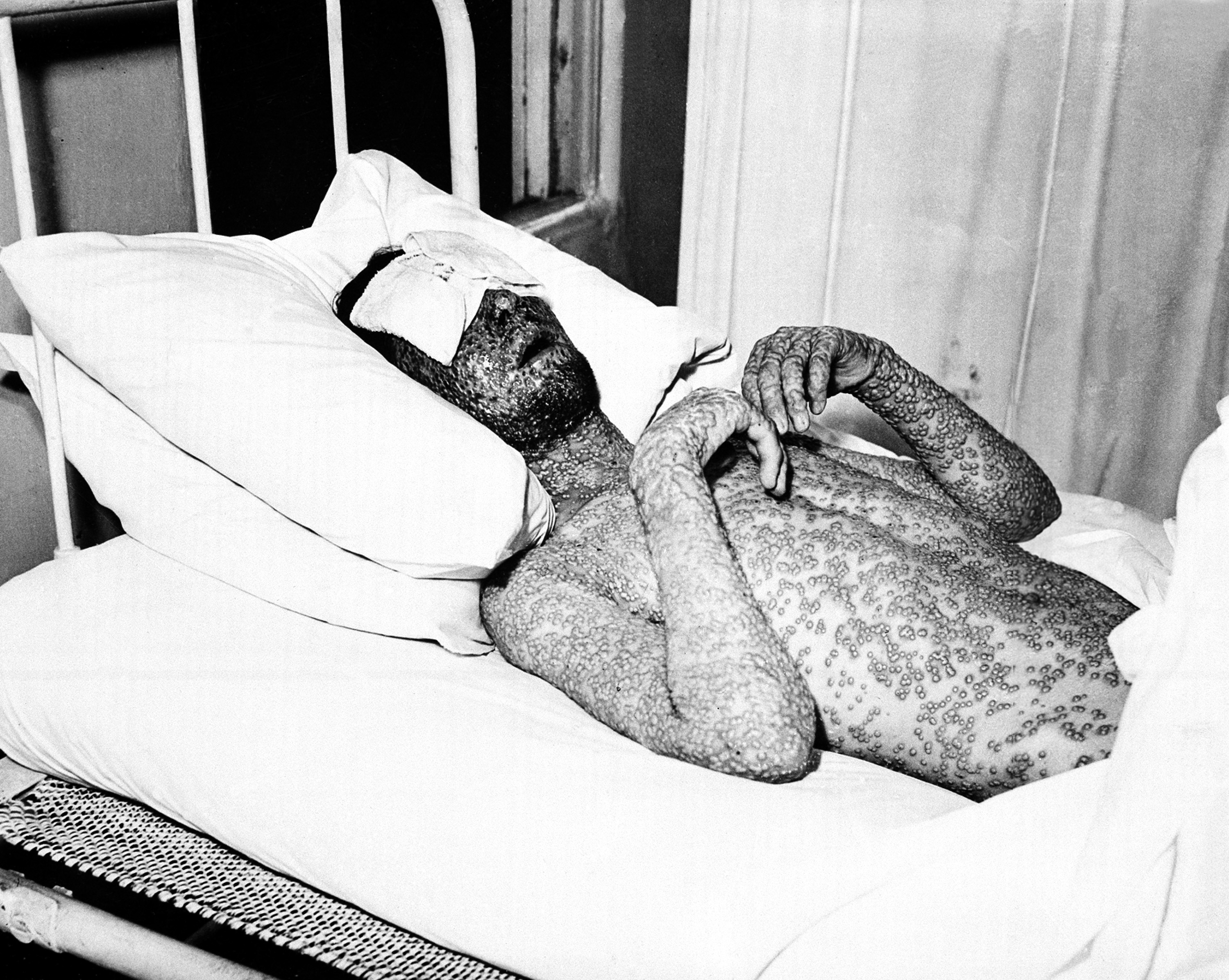The COVID-19 pandemic, with its millions of deaths worldwide, has been a global tragedy. However, history reminds us that it could have been far worse. Smallpox, eradicated in 1980, offers a stark comparison and valuable lessons in infectious disease control. This article explores the contagiousness of smallpox compared to COVID-19, examining their transmission rates, mortality rates, and the factors that led to smallpox’s eradication.
Smallpox: A Historical Scourge
Smallpox, caused by the variola virus, plagued humanity for centuries, leaving a trail of death and suffering. The variola major strain boasted a terrifying 30% mortality rate, significantly higher than COVID-19’s roughly 0.7%. Unlike COVID-19, which disproportionately affects the elderly, smallpox was particularly deadly for young children.
Comparing Contagiousness: R0 and Transmission
A key measure of a disease’s contagiousness is its basic reproduction number (R0), representing the average number of people an infected person will infect in a susceptible population. Smallpox is estimated to have had an R0 between 5 and 7, placing it between COVID-19’s Delta variant (R0 around 4) and the highly contagious Omicron variant (R0 around 8). Both diseases spread primarily through close contact and respiratory droplets, especially in indoor settings. However, smallpox’s high R0 combined with its devastating mortality rate resulted in catastrophic outbreaks with mortality rates reaching 30% in communities lacking immunity.
Eradicating Smallpox: A Triumph of Public Health
The eradication of smallpox stands as a monumental achievement in public health history. Early efforts included variolation, a risky practice of deliberately exposing individuals to a milder form of smallpox. However, it was Edward Jenner’s discovery of the cowpox vaccine in 1796 that revolutionized the fight against the disease. Widespread vaccination campaigns throughout the 19th and 20th centuries gradually reduced smallpox’s global footprint.
The World Health Organization (WHO) launched a concerted global eradication campaign in the mid-20th century. Despite logistical challenges and skepticism, the campaign employed innovative strategies like ring vaccination, targeting individuals who had contact with infected persons. This focused approach proved highly effective in containing outbreaks and ultimately eliminating the virus.
Lessons for the Future
Smallpox’s eradication provides invaluable lessons for combating current and future pandemics. The success hinged on several factors:
- No animal reservoir: Smallpox only infected humans, eliminating the risk of reintroduction from animal populations.
- Lifelong immunity: A single vaccination conferred lifelong protection.
- Lack of asymptomatic transmission: This facilitated effective contact tracing and containment efforts.
- Global cooperation: International collaboration and resource mobilization were essential.
While smallpox eradication was a remarkable feat, replicating this success with other diseases faces significant challenges. Diseases like COVID-19, with their asymptomatic transmission and potential for animal reservoirs, present complex hurdles. Nonetheless, the lessons learned from smallpox underscore the critical importance of strong public health infrastructure, global cooperation, and sustained investment in research and vaccine development. The fight against smallpox serves as a powerful reminder that even the most formidable diseases can be conquered through concerted global effort.

